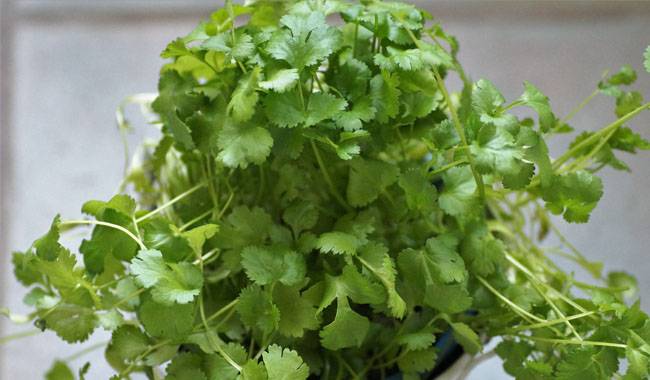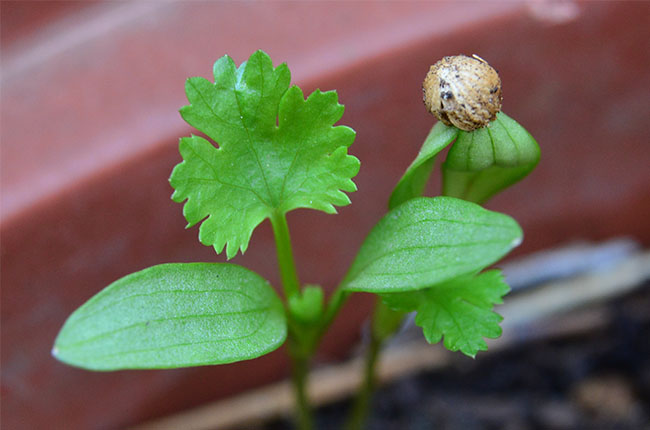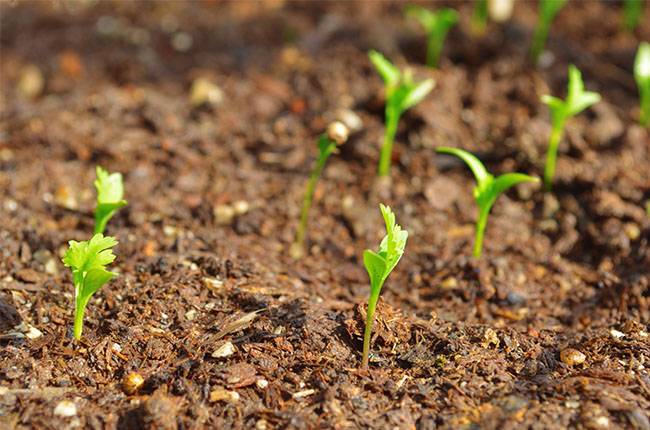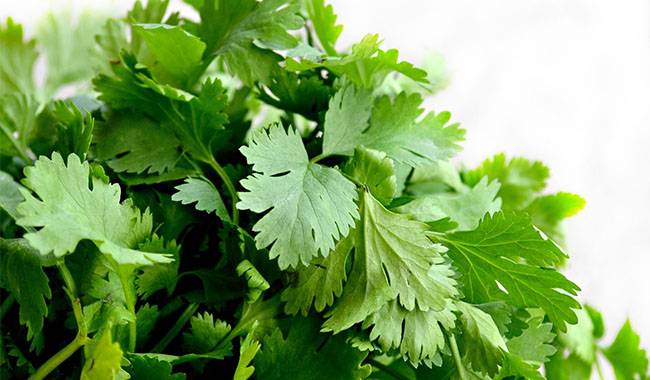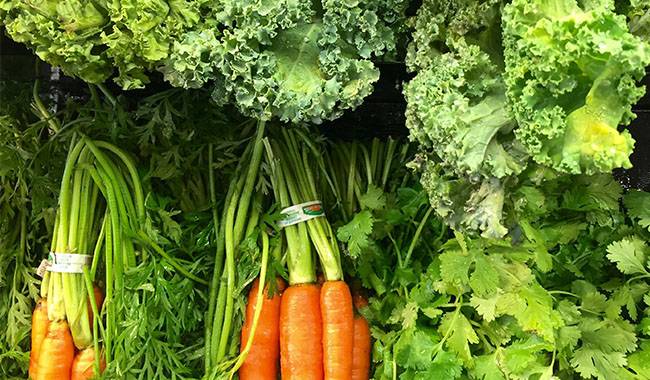
Cilantro (Coriandrum sativum), also known as coriander or Mexican cilantro, is a popular culinary herb that is easy to grow in containers or in the garden.
Like other plants in our vegetable and herb gardens, there are companion plants that seem to help cilantro thrive, and some that may interfere with its growth to some degree.
The concept of cilantro companion plants is based on anecdotal success (i.e., years of experience by gardeners) rather than scientific research.
Many of us may remember our parents or grandparents planting some plants next to others (for example, velvet planted next to tomatoes to help ward off pests), and some gardeners continue this practice.
There is a bit of folklore to this gardening practice and a lot of gardening wisdom from experience, and it’s fun to try these methods to see if they work.
Cilantro is an excellent means of attracting beneficial insects as an auxiliary plant in the garden. Useful insects in the garden use a variety of methods to kill the pests present and cripple your crop.
Often, tiny beneficial insects will lay eggs on garden plants that hatch and feed on the pests. Plant some cilantro seeds to grow in companion plantings with various other crops.
As a companion plant, cilantro’s tiny flowers house the beneficial bugs and encourage them to live in the garden.
As a companion plant, cilantro can be planted in well-spaced locations around the garden, tucked in next to tomatoes and spinach, or planted in rows next to fruits and vegetables.
Choose cilantro varieties that run easily and bloom quickly. Cilantro is a short-lived flowering plant that can be reseeded every few weeks to maintain its potency.
Companion plantings of cilantro will bloom by late spring or early summer, depending on where and when they are planted.
Other small-flowered plants, such as sweet alyssum and creeping thyme, can be planted early in the season for pest control.
GOOD COMPANION PLANTS FOR PARSLEY
Companion seedlings are often recommended because certain plants can prevent damage caused by pests or predators. Aphids are a common garden pest and they like to eat cilantro, especially green peach and cilantro aphids.
Mustard is an aromatic culinary herb that helps repel pests.
Stevia is particularly attractive to aphid-eating ladybugs and green lacewing larvae.
Phalaenopsis is also effective in attracting these beneficial insects.
Cilantro grows well next to plants that add nitrogen to the soil. Nitrogen is converted to nitrate, which adds nutrients to cilantro. Nitrogen-producing plants include beans, peas, alfalfa, clover, and lupins.
Beans such as string beans, string beans, string beans, and wax beans can be planted in early spring.
Peas are also an early garden crop and can help prepare the soil for planting grasses as the soil warms.
Lupine produces nitrogen and is a beautiful perennial with bright flowers that butterflies love.
Another thing to consider when choosing companion plants for cilantro is plants that will provide some cool shade.
Avoid fruit plants like tomatoes and peppers because they don’t mix well with nitrogenous plants that you can plant next to cilantro. A good option is to plant some tall annuals.
Cosmos are easy to direct sow after the danger of frost. They are also butterfly magnets!
Zinnias attract many pollinators, and the large leaves and flowers provide good shade for late-season grasses.
Sunflowers are fine, but try smaller varieties (such as Red Velvet, Lemon Queen, or Italian White) to avoid getting too much shade and affecting fruit ripening.
Cilantro is an excellent means of attracting beneficial insects as an auxiliary plant in the garden. Useful insects in the garden use a variety of methods to kill the pests present and cripple your crop.
Often, tiny beneficial insects will lay eggs on garden plants that hatch and feed on the pests. Plant some cilantro seeds to grow in companion plantings with various other crops.
As a companion plant, cilantro’s tiny flowers house the beneficial bugs and encourage them to live in the garden.
As a companion plant, cilantro can be planted in well-spaced locations around the garden, tucked in next to tomatoes and spinach, or planted in rows next to fruits and vegetables.
Choose cilantro varieties that run easily and bloom quickly. Cilantro is a short-lived flowering plant that can be reseeded every few weeks to maintain its potency.
Companion plantings of cilantro will bloom by late spring or early summer, depending on where and when they are planted.
Other small-flowered plants, such as sweet alyssum and creeping thyme, can be planted early in the season for pest control.
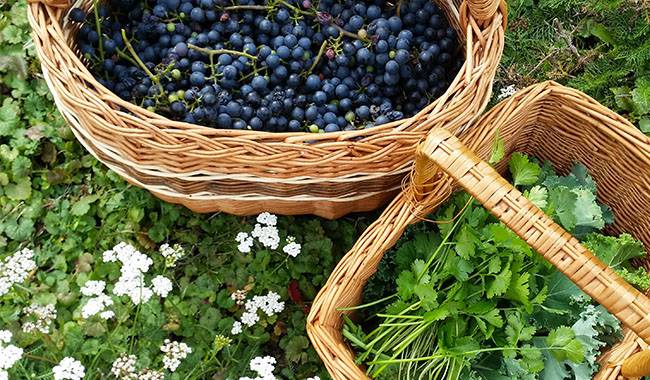
GOOD COMPANION PLANTS FOR PARSLEY
Companion seedlings are often recommended because certain plants can prevent damage caused by pests or predators. Aphids are a common garden pest and they like to eat cilantro, especially green peach and cilantro aphids.
Mustard is an aromatic culinary herb that helps repel pests.
Stevia is particularly attractive to aphid-eating ladybugs and green lacewing larvae.
Phalaenopsis is also effective in attracting these beneficial insects.
Cilantro grows well next to plants that add nitrogen to the soil. Nitrogen is converted to nitrate, which adds nutrients to cilantro. Nitrogen-producing plants include beans, peas, alfalfa, clover, and lupins.
Beans such as string beans, string beans, string beans, and wax beans can be planted in early spring.
Peas are also an early garden crop and can help prepare the soil for planting grasses as the soil warms.
Lupine produces nitrogen and is a beautiful perennial with bright flowers that butterflies love.
Another thing to consider when choosing companion plants for cilantro is plants that will provide some cool shade.
Avoid fruit plants like tomatoes and peppers because they don’t mix well with nitrogenous plants that you can plant next to cilantro. A good option is to plant some tall annuals.
Cosmos are easy to direct sow after the danger of frost. They are also butterfly magnets!
Zinnias attract many pollinators, and the large leaves and flowers provide good shade for late-season grasses.
Sunflowers are fine, but try smaller varieties (such as Red Velvet, Lemon Queen, or Italian White) to avoid getting too much shade and affecting fruit ripening.




